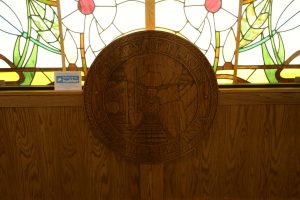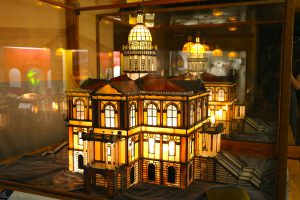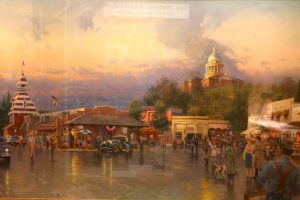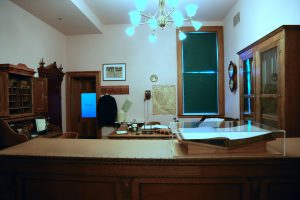Placer county is one of many local governments in the California foothills that was born out of the mass population influx and wealth of the California Gold Rush. The land that became Auburn, within Placer County, was first settled in May 1848 and became a transportation hub for neighboring gold mining operations. Even today, there are over 600 active mines in Placer County.
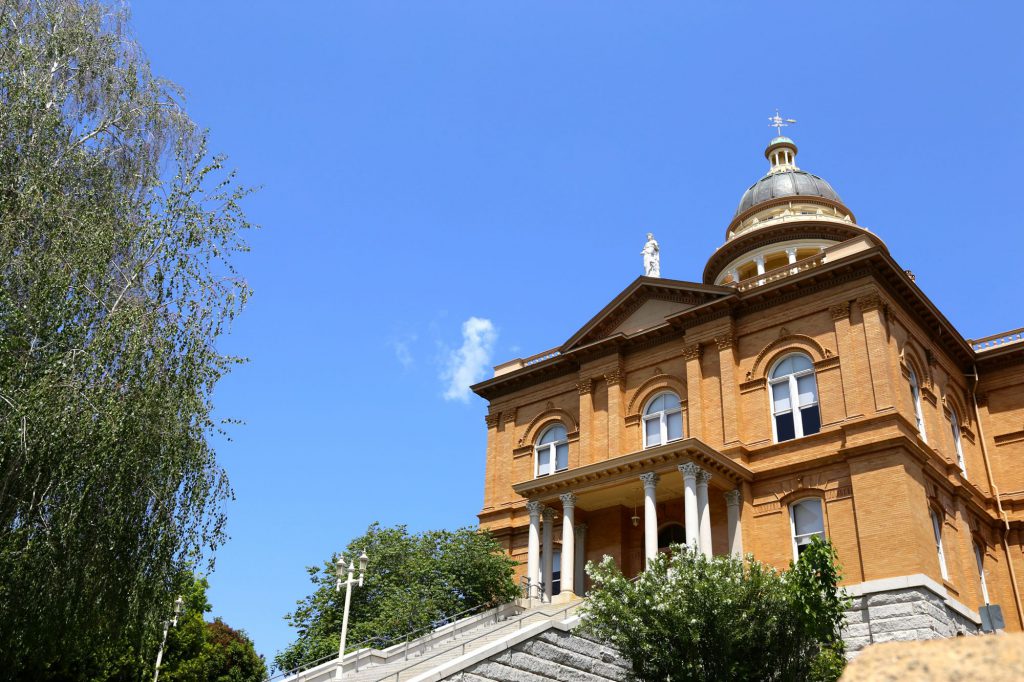
Built between 1894 and 1898, the Placer County Courthouse perches over old town Auburn. It now houses both the administrative court offices of the county as well as a historic museum with artifacts tracing the history of the area. Inevitably, this results in a lot of gold history on display.
Possibly, the most notable of the courthouse’s collection is a selection of quartz gold, placer nuggets, and crystalline formations from the Placer County area. The collection was valued at $343,000 in the 1990s. While the combined collection only weighs 192 troy ounces, the size and shapes of these nuggets make them particularly valuable and a testament to the rich history of Placer County.
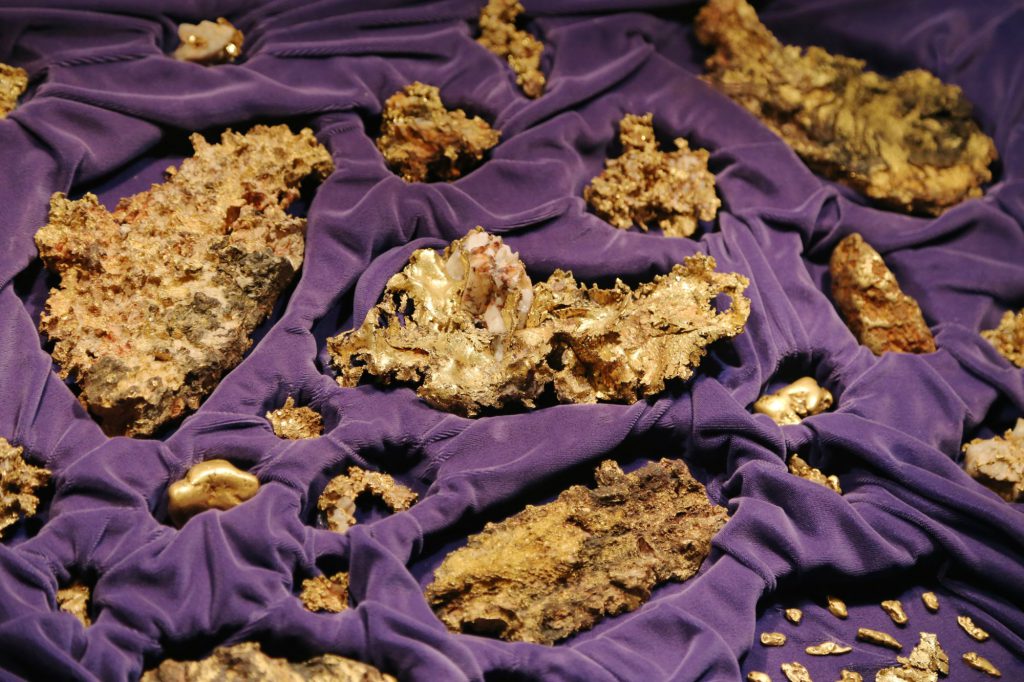
Other displays include miners’ tools as well as the old Placer Herald Printing press. While it’s history with the local newspaper publication is well documented, it is also rumored to have belonged to Samuel Brannan. If such hearsay could be proved to be true, then this printing press was the one used to print up Brannan’s fiery announcement that there was gold in Sutter’s Mill and ignite the gold rush.
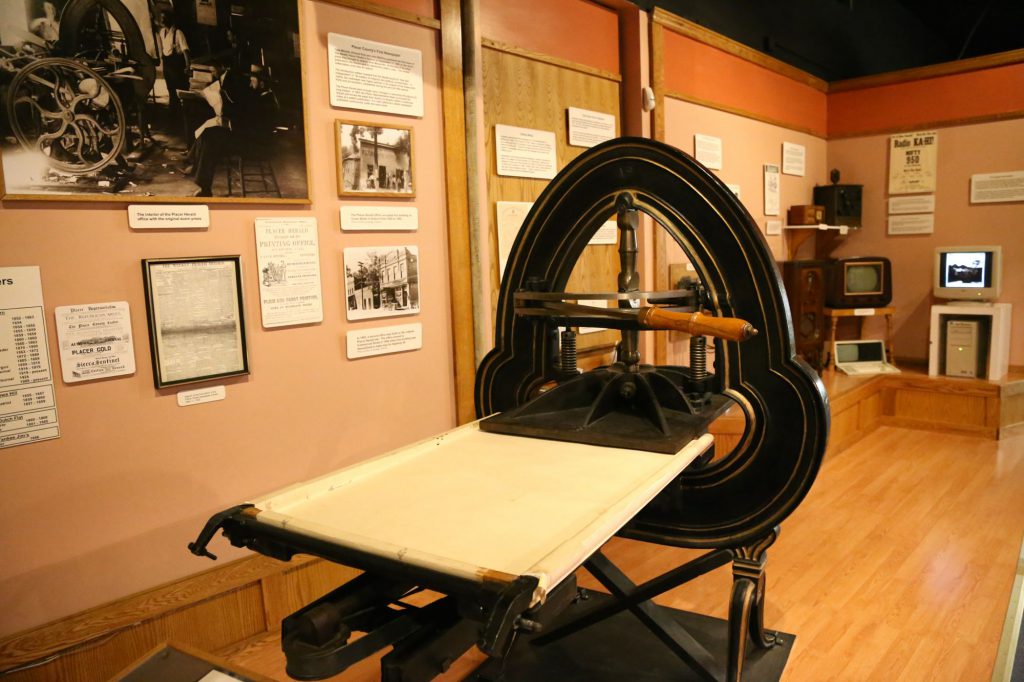
The museum also houses displays from the prehistory of Placer County to modern day. Fossils from caves testify long extinct animals like the saber tooth cat which roamed the land. Other exhibits touch on cultural histories such as the immigrants who settled the area and thrived.
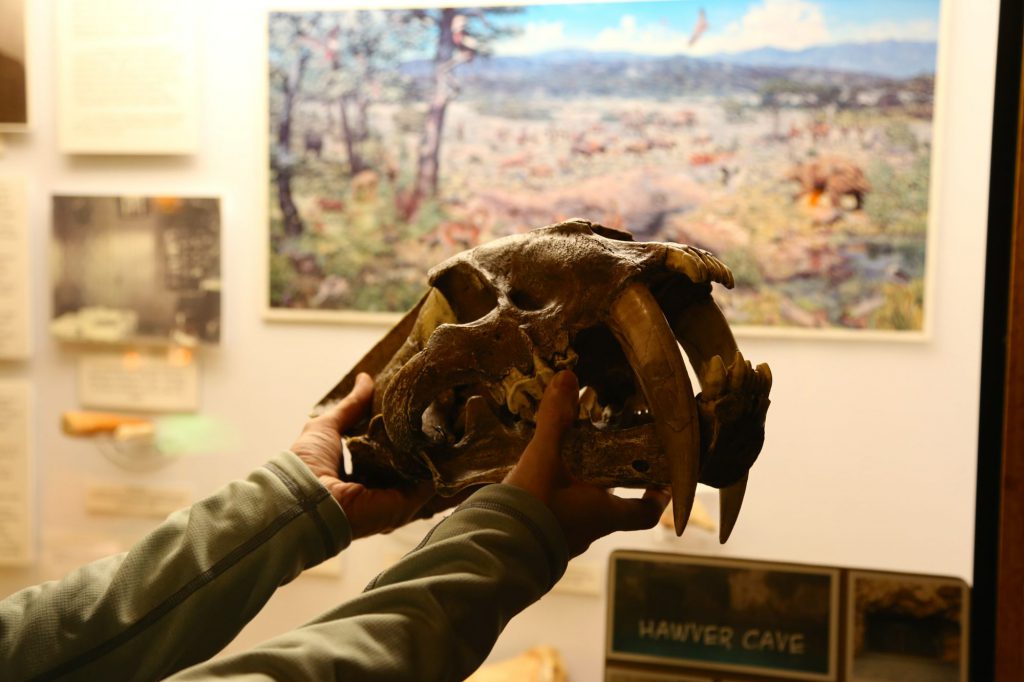
While a small museum, Placer County is a hub of California gold history and the museum makes an excellent stop while exploring the extensive golden history and opportunities in the California foothills.
References
Thomson, Gus. “Placer’s gold collection safe and secure at Auburn museum.” Auburn Journal. 7 February 2012.


